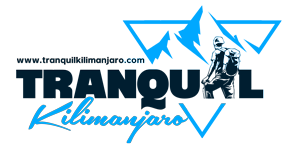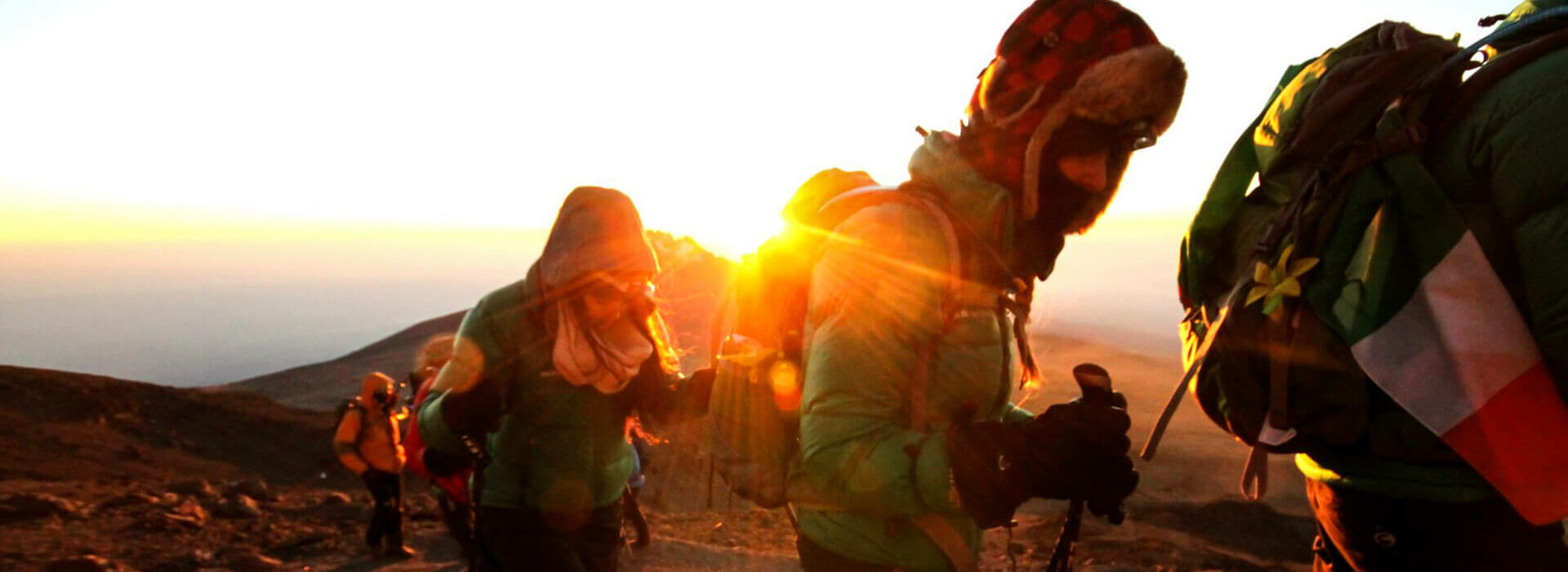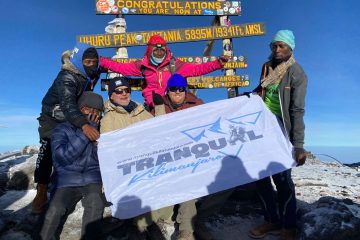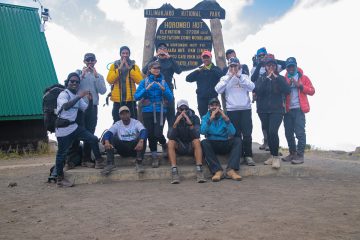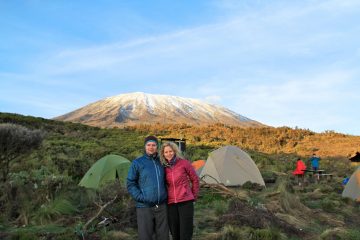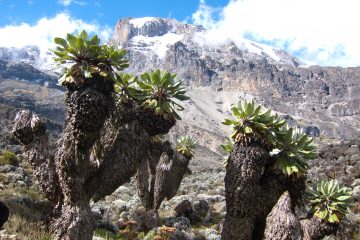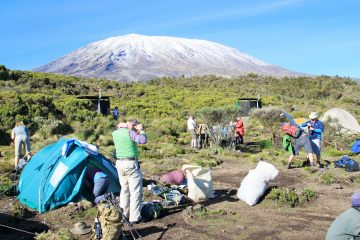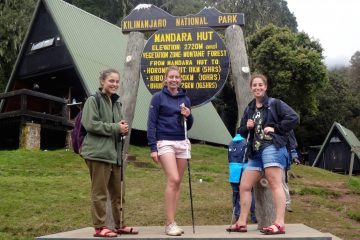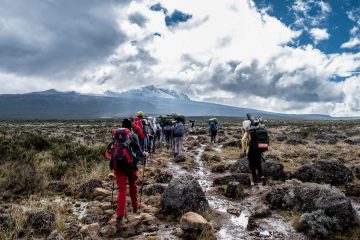Planning a Kilimanjaro Climb
Someone once said, failing to plan is planning to fail and this applies to climb Mount Kilimanjaro. When it comes to climbing this mountain, planning is key to your success. You need to consider three vital things before you can climb Kilimanjaro:
- You have to choose a date, decide when you will be coming for your climb.
- You have to choose the most appropriate climbing route and duration (how many days/nights will it take?).
- You have to decide on the length of the route (is acclimatization important or not).
1. Deciding on a date
Kilimanjaro sits close to the equator so the best times to climb Mt. Kilimanjaro are between the months of January to March and August to September. These are the dry months of the year in the Kilimanjaro region. Kilimanjaro can be climbed any time of the year June to October are also good months to climb Mount Kilimanjaro as the weather is also good during this time of the year.
2. Choosing the best route and the duration of your Kilimanjaro climb
Each route on mount Kilimanjaro offers something different so it is important to choose wisely. Routes come in all types of varieties, some are longer and they require more days to climb, some are more difficult, some are more scenic than others, some depend on camping accommodation while a few feature huts accommodation where camping is forbidden, like the Marangu Route.
The average duration of routes takes from 5 days for the shorter routes to 9 days for the longer routes. Longer the route the more time you have for acclimatization.
3. Selecting the Length of the Route
Most of these routes on Mount Kilimanjaro have shorter and longer variations. Choosing the longer variation of the route is recommended because the extra day acts as the additional day for acclimatization. Choosing a longer or shorter route depends on many factors. First of all shorter routes are more affordable and cheaper than longer routes. Most of the longer routes offer beautiful vistas and are more scenic. Last but not least, longer routes give you enough time for acclimatization. When you acclimatize, you minimize and or avoid the chances of having altitude sickness.
It is important to choose your route wisely according to your budget, as longer routes cost more. Also, evaluate your fitness levels, it will be more comfortable and easier for you to take on a longer route, get more acclimatization time if you are not experienced in mountaineering or your fitness levels are not at par, due to your age, weight, and training regime.
How to Prepare for your Kilimanjaro Adventure
Once you have planned your Kilimanjaro climb and set your goals, the next thing you ought to do is getting prepared for your trip to Mount Kilimanjaro. Climbing Mount Kilimanjaro requires good preparations that may include:
- Booking your flights to Tanzania and the closest airport near Mount Kilimanjaro.
- Visa Applications for Tanzania.
- Vaccinations: Getting the required medications and inoculations for Kilimanjaro, Tanzania.
- Mountain climbing gear buying and renting/hiring.
- Physical fitness and training.
4. Booking your flights
When booking your flights for your Kilimanjaro climb, we recommend choosing flights that land on the closest airport to Mount Kilimanjaro. A perfect example is the Kilimanjaro International Airport that is only 45 minutes away from Moshi, the closest town to Mount Kilimanjaro.
Kilimanjaro International Airport is located between Arusha and Moshi. You also opt to fly into other airports within Tanzania like the Julius Nyerere International Airport in Dar es Salaam or the Jomo Kenyatta International Airport in Nairobi, Kenya. Whichever airport you choose we will still pick you up using our private air transfer transport.
5. Organising your visa
To get to Kilimanjaro, you will need to enter Tanzania using a VISA and a passport valid for at least 6 months.
The good news is that you can now obtain a Tanzania VISA online. For more information about VISAS and passports for Mount Kilimanjaro and Tanzania travel, click here.
6. Getting your vaccinations
Depending on the country you are coming from, you might need to get yellow fever vaccinations and proof in the form of a yellow fever certificate. It is important that you consult your doctor. For more information about the recommended vaccinations for Tanzania please click here.
Since Tanzania is a malaria hotspot, you may also need to take anti-malaria tablets, probably a few days in advance, please consult your doctor. For more information about Malaria, please follow this link.
7. Organising the necessary equipment
We will provide the camping equipment but you are expected to come with your own mountain climbing gear. Let us know which gear you will miss so that we can rent it to you or so that we can advise you on the correct gear for mountain climbing. Please contact us at [email protected] or using this form online.
Equipment you can rent from Tanzania includes sleeping bags, insulation pads and down jackets.
Follow this link to read more about the recommended gear list and equipment for Mount Kilimanjaro climbing.
8. Training
Mt. Kilimanjaro is not a technical climb that requires extraordinary skills to climb, so you are not required to be superhuman fit to climb. It is a walkable mountain with a gradual slope.
Being fit has its own benefits as you will find your climb to be easier and more enjoyable. On top of that, training in high-altitude areas will also help in beating altitude sickness and will help you familiarise yourself with mountain conditions.
With the right planning and preparation, your Kilimanjaro challenge will be easier, more enjoyable and you will increase your success rate of reaching the summit.
Reaching the summit does not depend on your age, gender, or luck it depends more on how prepared you are.
